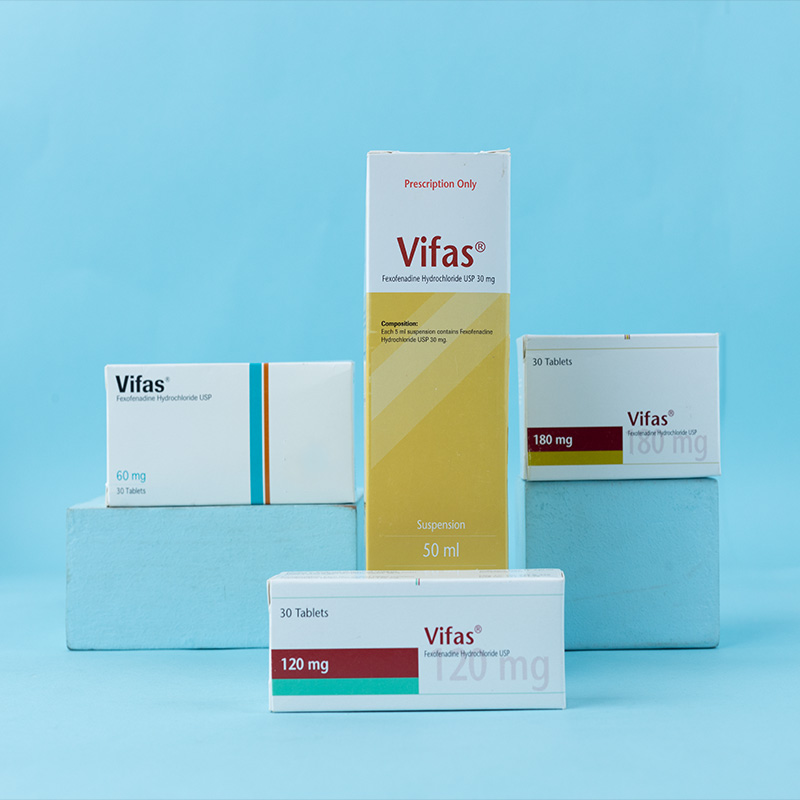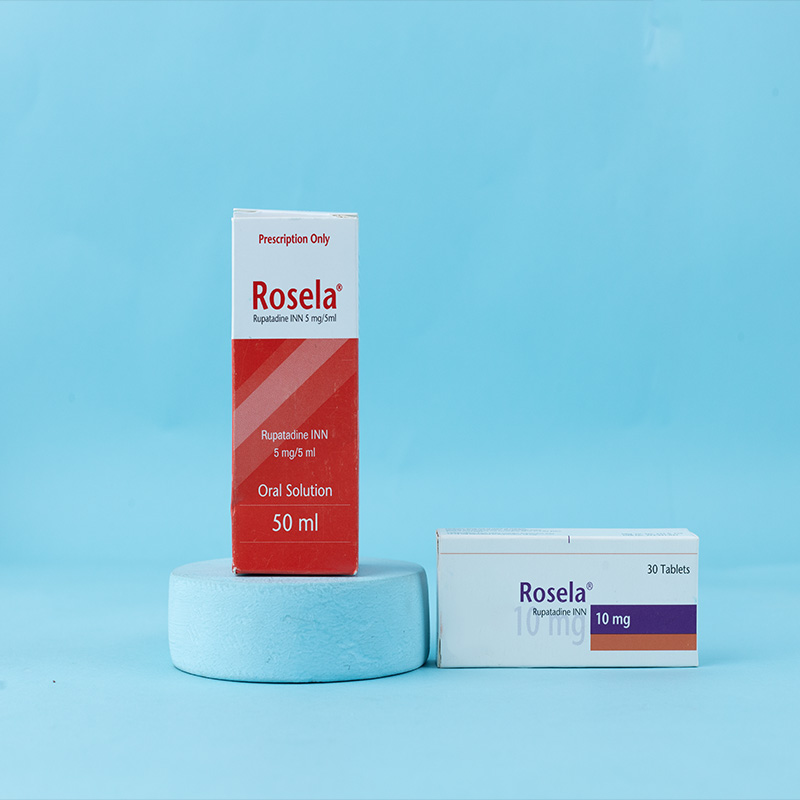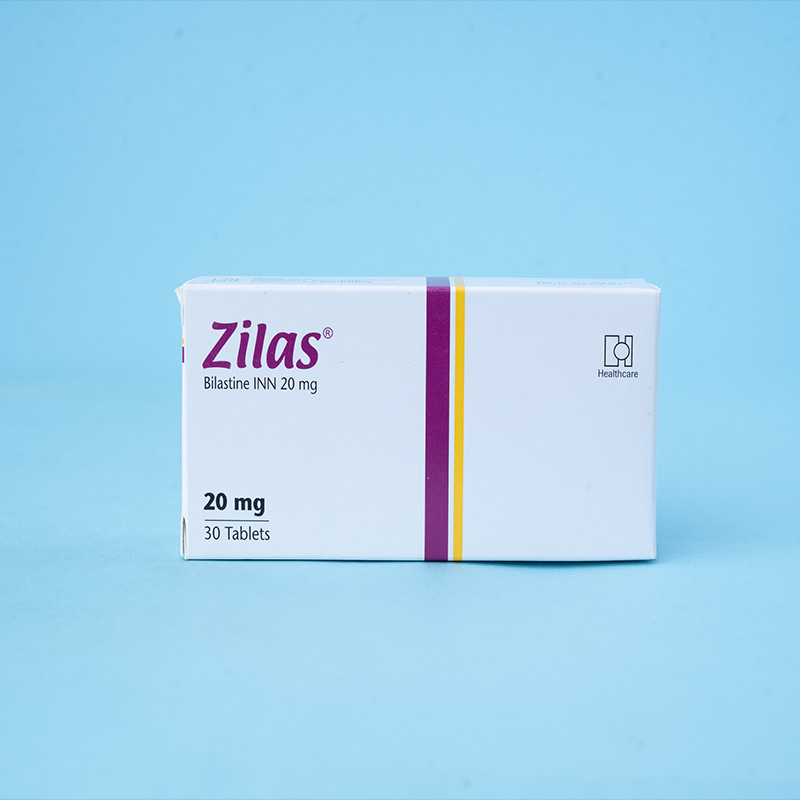Vifas® tablet is a formulation of Fexofenadine Hydrochloride USP. Fexofenadine Hydrochloride USP is the synthetic hydrochloride salt of fexofenadine, the carboxylic acid metabolite of terfenadine. It is an orally active, non-sedating H1-receptor antagonist that effectively relieves symptoms associated with seasonal allergic rhinitis, such as sneezing, rhinorrhea, pruritus, and lacrimation.

Vifas® 60: Each film-coated tablet contains Fexofenadine Hydrochloride USP 60 mg.
Vifas® 120: Each film-coated tablet contains Fexofenadine Hydrochloride USP 120 mg.
Vifas® 180: Each film-coated tablet contains Fexofenadine Hydrochloride USP 180 mg.

Absorption: Fexofenadine Hydrochloride is rapidly absorbed after oral administration. Following a single dose of two 60 mg tablets, the mean time to maximum plasma concentration (Tmax) is approximately 2.6 hours. After a single 60 mg dose, the mean maximum plasma concentration (Cmax) is 131 ng/mL. A high-fat meal reduces the mean area under the curve (AUC) and Cmax by 21% and 20%, respectively.
Distribution: Approximately 60–70% of Fexofenadine Hydrochloride binds to plasma proteins, primarily albumin and α1-acid glycoprotein.
Metabolism: Around 5% of the total dose is eliminated via hepatic metabolism.
Elimination: The mean elimination half-life is approximately 14.4 hours. About 80% of the dose is recovered in feces, and 11% in urine.

Seasonal Allergic Rhinitis: Relief of symptoms such as sneezing, rhinorrhea, itchy nose, palate, throat, and red, watery, or itchy eyes in adults and children aged 6 years and older.
Chronic Idiopathic Urticaria: Treatment of uncomplicated skin manifestations, significantly reducing pruritus and wheals in adults and children aged 6 years and older.
Perennial Allergic Rhinitis: Relief of symptoms associated with perennial allergic rhinitis.

Adults and Children Aged 12 Years and Older:
Seasonal/Perennial Allergic Rhinitis: 60 mg twice daily or 180 mg once daily. For patients with decreased renal function, the starting dose is 60 mg once daily.
Chronic Idiopathic Urticaria: 180 mg once daily.
Children Aged 6–11 Years:
Seasonal/Perennial Allergic Rhinitis: 30 mg twice daily. For those with decreased renal function, the starting dose is 30 mg once daily.
Chronic Idiopathic Urticaria: 30 mg twice daily. For patients with decreased renal function, the starting dose is 30 mg once daily.

Vifas® is generally well tolerated. Common adverse events observed in placebo-controlled clinical trials include:
Headache (>3%)
Drowsiness, nausea, dizziness (1–3%)

Vifas® is contraindicated in patients with known hypersensitivity to any of its ingredients.

Pregnancy: Use only if the potential benefit justifies the potential risk to the fetus, as adequate studies are lacking.
Lactation: Use with caution, as it is unclear if Fexofenadine is excreted in human milk.
Geriatric Use: Limited data are available. Monitor renal function in elderly patients due to an increased risk of toxic reactions.
Pediatric Use: Safety and efficacy have not been established in children under 6 years of age.
Renal Impairment: Dose adjustments may be needed, as the drug is substantially excreted by the kidneys.

Co-administration with ketoconazole or erythromycin may increase plasma levels of Fexofenadine.
Avoid taking Fexofenadine with aluminum- and magnesium-containing antacids, as they may affect absorption.

No clinically significant adverse events have been reported in overdose cases. In clinical studies, doses of up to 800 mg were well tolerated. Symptoms of overdose include dizziness, drowsiness, and dry mouth. Supportive treatment is recommended.

Store in a cool, dry place below 30°C. Protect from light. Keep out of reach of children.








